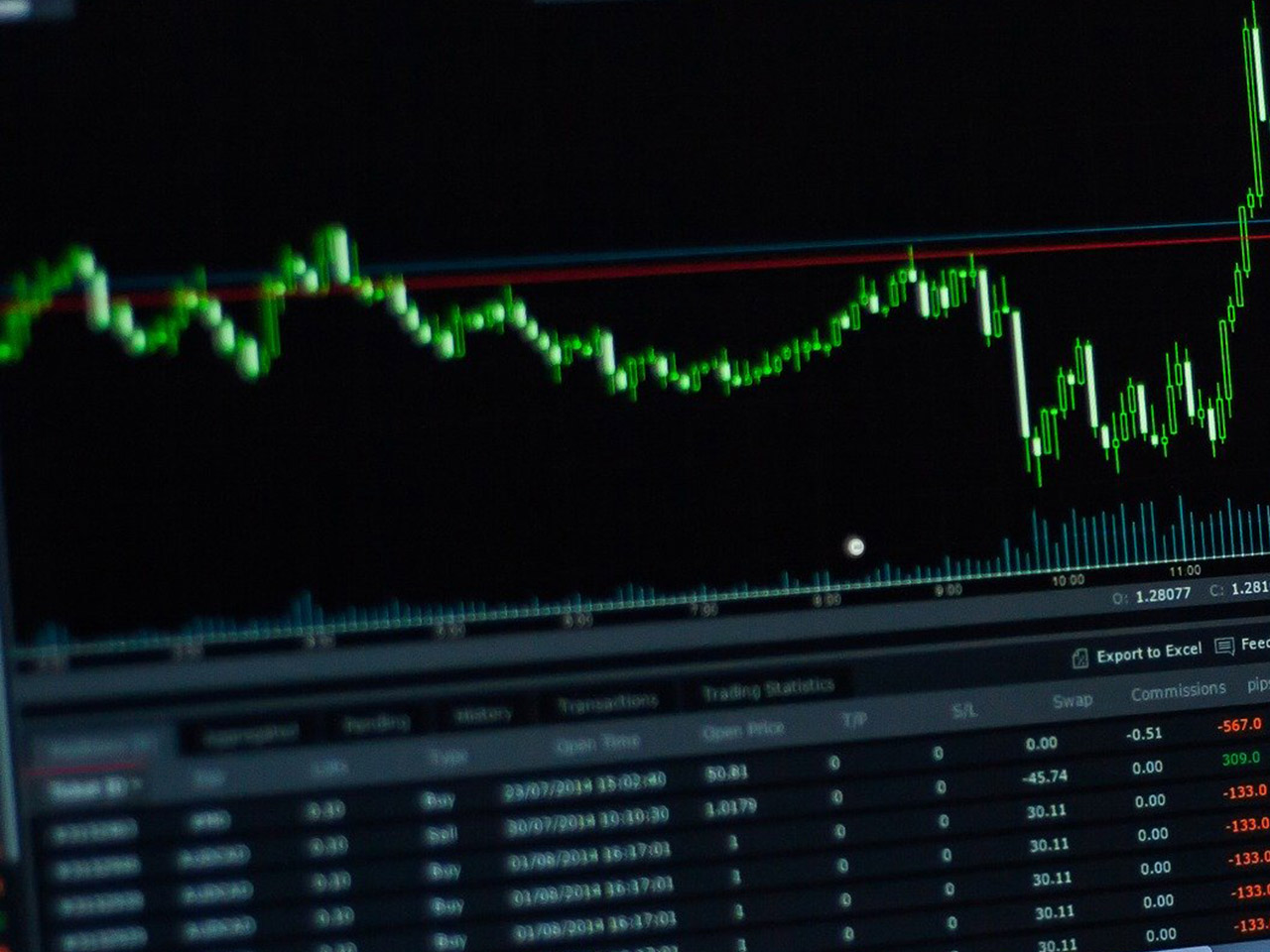Templeton Emerging Markets Investment Trust (TEM.L) is a staple name for those interested in capitalising on the dynamism of emerging markets. With a market capitalisation of $1.89 billion, this investment vehicle offers exposure to a diverse range of opportunities in developing economies. However, what sets it apart in the current financial landscape, and how does it fare in terms of stock performance and technical indicators?
The current share price of Templeton Emerging Markets stands at 187 GBp, reflecting a slight dip of 2.80 GBp or 0.02%. This minimal price change is set against a 52-week range of 1.72 to 189.80, indicating a fairly stable trading band over the past year. The trust’s price currently resides near the upper end of this spectrum, suggesting a degree of resilience and investor confidence.
Valuation metrics for Templeton Emerging Markets are notably absent, with no available data on P/E ratios, PEG ratios, or other traditional valuation measures. This lack of data may initially unsettle value-focused investors. However, it could also imply that the trust’s valuation is more contingent on qualitative factors such as the strategic direction of its portfolio and macroeconomic trends in emerging markets.
Turning to the performance metrics, the absence of revenue growth, net income, and EPS figures leaves potential investors in the dark about the trust’s profitability. This raises pertinent questions about the underlying assets’ performance and the trust’s operational efficiency. Without these metrics, investors must rely heavily on the broader market trends within the emerging economies and strategic insights provided by the trust’s management.
Dividend-seeking investors might be disappointed as well, since no dividend yield or payout ratio data is available, suggesting that income generation might not be a primary focus of this investment trust. This aligns with the typical profile of emerging market investments, which often prioritise capital appreciation over dividend distribution.
Analyst ratings are conspicuously absent, with no buy, hold, or sell recommendations on record. This lack of coverage might be attributed to the specialised nature of the trust, which could deter analysts from traditional coverage. However, it also offers an opportunity for investors to conduct their independent analysis and form unique perspectives on the trust’s potential.
On the technical front, Templeton Emerging Markets Inv is showing some interesting indicators. The RSI (Relative Strength Index) at 70.49 suggests that the stock is nearing overbought territories, a signal that could prompt some investors to anticipate a price correction. Additionally, the MACD (Moving Average Convergence Divergence) at 18.04, coupled with a signal line of -2.68, might suggest bullish momentum, although investors should be cautious of potential volatility.
The 50-day and 200-day moving averages stand at 131.14 and 158.64, respectively, indicating a recent uptrend in stock price. This technical analysis suggests that the trust has recently seen favourable market conditions, although potential investors should remain vigilant about market dynamics that could influence these averages in the near future.
For those considering an investment in Templeton Emerging Markets Inv, the key lies in understanding the broader economic conditions of the markets it targets. While traditional financial metrics and analyst coverage are sparse, the trust’s price performance and technical indicators offer a window into its market behaviour. Investors should weigh these factors alongside market trends and geopolitical developments to make informed decisions about their emerging market exposure.






































